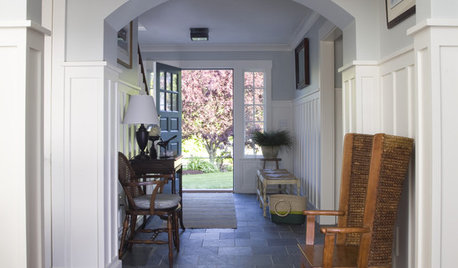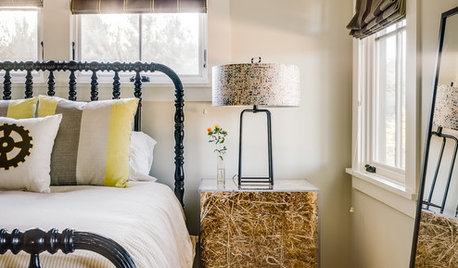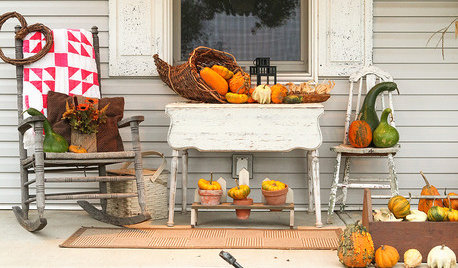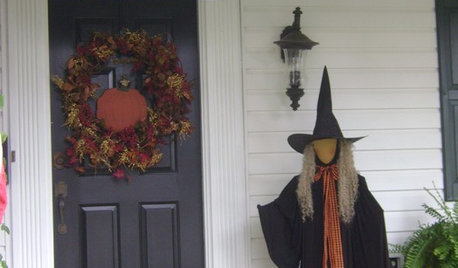Hay vs Straw
buckyz4
11 years ago
Related Stories

GREEN BUILDINGWhy You Might Want to Build a House of Straw
Straw bales are cheap, easy to find and DIY-friendly. Get the basics on building with this renewable, ecofriendly material
Full StoryGREEN BUILDING11 Reasons to Live in a House of Straw
Don’t be fooled by the old folk tale. Straw bales are a strong, functional and good-looking building material
Full Story
FURNITUREOrigins Revealed: The Orkney Chair Goes From Humble to Haute
Straw and driftwood made up the original versions, but Orkney chairs have come a long way from their modest island beginnings
Full Story
BEDROOMS15 Nightstands That Are Not Your Average Bedside Tables
Take another look at that unusual antique or flea market find. It could have a new life next to the bed
Full Story
COOL-SEASON CROPSCool-Season Vegetables: How to Grow Potatoes
This ever-popular tuber is a stalwart in spring and fall gardens and a staple in kitchens everywhere
Full Story
LANDSCAPE DESIGNGet Along With Less Lawn — Ideas to Save Water and Effort
Ditch the mower and lower your water bill while creating a feast for the eyes with diverse plantings and gathering places
Full Story
PORCHESA Peek at 2 Prettily Dressed Fall Porches
Pumpkins, fall flowers and flea market finds help two Ohio porches get into the seasonal spirit
Full Story
MONTHLY HOME CHECKLISTSYour Fall Home Maintenance Checklist
Prep your house and yard for cold weather with this list of things to do in an hour or over a weekend
Full Story
Houzz Call: Show Us Your Halloween-Themed Entryway
Fright fest or full of friendly ghosts, your decorated entryway could be featured on the Houzz homepage
Full Story
GARDENING AND LANDSCAPINGBuild a Raised Bed to Elevate Your Garden
A bounty of homegrown vegetables is easier than you think with a DIY raised garden bed to house just the right mix of soils
Full StoryMore Discussions








fabaceae_native
Edymnion
Related Professionals
Cary Landscape Architects & Landscape Designers · Kyle Landscape Architects & Landscape Designers · Billerica Landscape Contractors · Pottstown Landscape Contractors · Cerritos Landscape Contractors · Cupertino Landscape Contractors · Downey Landscape Contractors · El Segundo Landscape Contractors · Galt Landscape Contractors · North Ridgeville Landscape Contractors · Tavares Landscape Contractors · Thonotosassa Landscape Contractors · Twin Falls Landscape Contractors · Northlake Landscape Contractors · Golden Valley Landscape Contractorsluke_oh
alan haigh
Konrad___far_north
fabaceae_native
Konrad___far_north